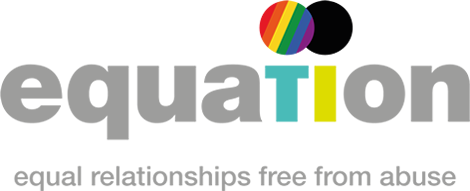CAADA have developed a safety plan for young people, in partnership with young people from IKWRO, Leap Confronting Conflict and Barnardo’s. Practitioners can use this tool in conjunction with the Young People’s Version of the CAADA-DASH Risk Identification Checklist (RIC), to support and advise young people on how to keep safe.
The document can be accessed here. It contains links to our own site for young people, Respect Not Fear, amongst others.
If you plan to use this with a young person, it is worth remembering that the plan is about them and what is happening in their lives, and that it is your role as a practitioner to support them to avoid places and situations which increase their risk. CAADA recommend that the safety plan is used and filled in together with the young person, and when they are calm and in a safe space. They will need support in thinking through who they can get help from and identifying an adult that they can trust.
You may feel it more appropriate to use the plan as a prompt to discuss the issues that the young person may be facing. While safety planning, you should remind them that their (ex) boyfriend/girlfriend may react to the actions that they are taking, which could put them in more danger. It is your role to advise the young person on the options available to them if this happens. The safety plan should be reviewed regularly so that it can take into account new circumstances, risks, and concerns the young person may have.
We have adapted much of the content from CAADA’s own site to share with you here.
You should consider whether it is safe for the young person to have a copy of the safety plan with them. The plan should become a formal record in the young persons’ client file.
Please note that we are reviewing the Young People’s Checklist later this year, we will also then update the safety plan to make sure it is relevant and appropriately linked to the Checklist.

